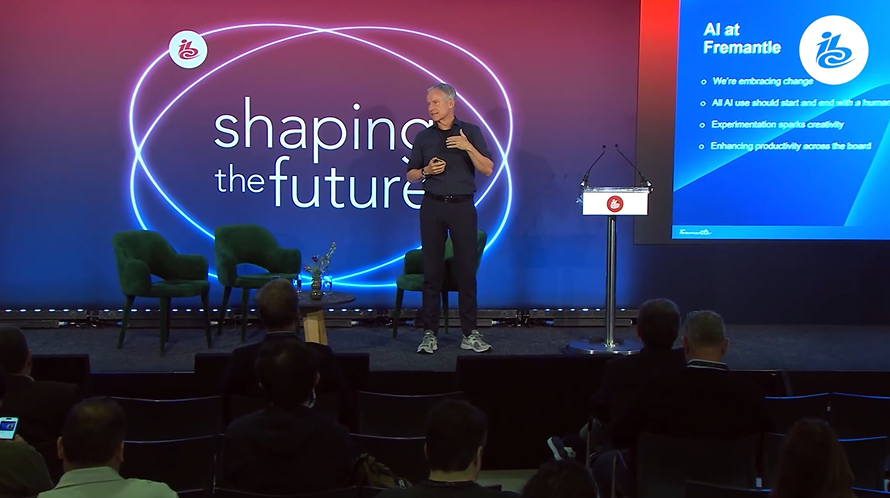Following the success of the IBC Accelerators Project on synthetic humans in 2023, John Maxwell Hobbs caught up with one of the project leaders to discuss subsequent progress and wider market adoption.
One of the eight IBC Accelerator projects in 2023 looked at ‘synthetic humans.’ A synthetic human differs from a traditional CGI animated character in that they are intended to function in real-time in response to a variety of data inputs. They can take several different forms, from a simple text-based chatbot to fully synthesised voices and video personas. For example, the two demos from the Accelerator project brought an historical figure, the opera singer Maria Calas, back to ‘virtual’ life and used voice synthesis to vocalise what a presenter was communicating using British sign language.
Michael Davey, Founder and Technologist at Michael Davey Consulting, was project lead on the second workstream looking at presenting weather forecasts in British Sign Language. Discussing industry developments in the area since the project concluded, he says: “The last six months have been marked in the industry with ongoing exploration into making digital humans more relatable and realistic through better understanding of human actions, enabling more intuitive editing of images and videos, and animating fictional characters in innovative ways. This includes efforts to replicate human body language, micro-gestures, facial expressions, and verbal communication, aiming for digital humans to be central in storytelling and creative processes.”...
You are not signed in
Only registered users can read the rest of this article.
Broadcast AV design brings Blockchain show to life
Tasked with running two simultaneous live broadcasts from the Blockchain Life trade show in Dubai, Oasis Studio looked to create a flexible, redundant production workflow, offering a timely showcase of broadcast AV systems in action.

Poacher turned gamekeeper: Netflix rules, for now
Netflix raids Hollywood to land a giant of old media, but having offered billions over the odds for ageing IP, would a smarter play have involved the creator economy?

Truth in the age of deepfakes: Building trust in the human-machine era
As deepfakes become prevalent throughout the media industry, experts at the BBC, Guardian, and ITN wrestle with the implications of today’s unprecedented levels of disinformation and distrust.

Rory Peck Awards: Truth has never needed its defenders more
This year’s Rory Peck Awards was an affirmation that press freedom is in severe danger, that it has become a vicious fight to sustain that facts matter. George Jarrett reports.

Camerimage: “The time to be afraid of AI was two years ago”
The festival of cinematography remains political with the rise of AI and gender equality bubbling beneath the surface.




